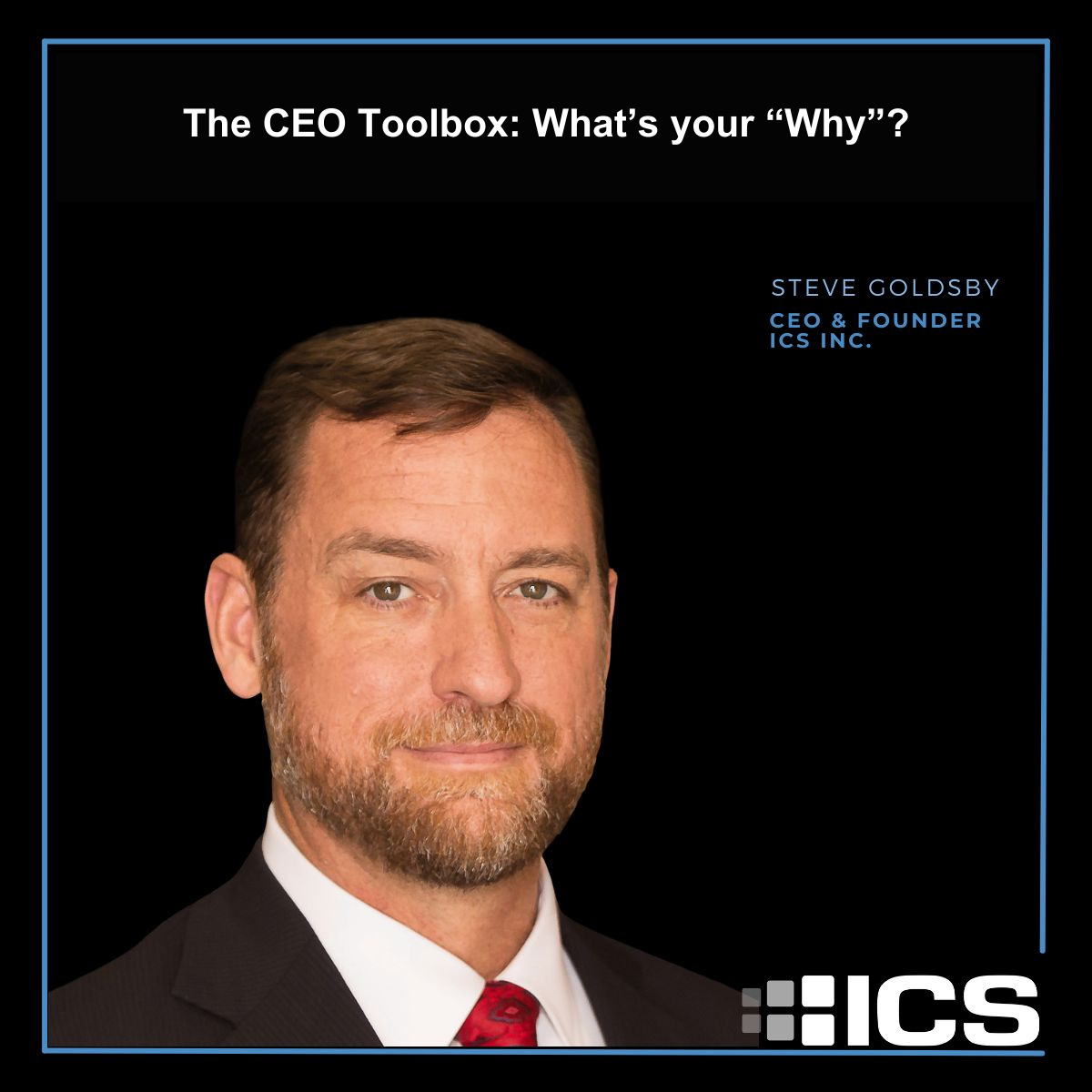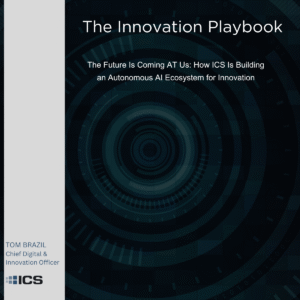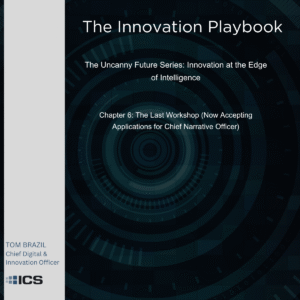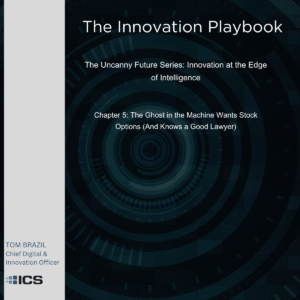As CEOs, our primary role is to lead and inspire our organizations to achieve their mission. But how do we effectively do this? In my experience, it all starts with clearly defining and articulating our “Why” – our Purpose.
This concept is brilliantly explored in Simon Sinek’s TED Talk “How Great Leaders Inspire Action”. Sinek argues that great leaders and innovative companies focus first and foremost on their purpose, cause, or belief – their “Why”. They clearly articulate why they do what they do, not just what they do or how they do it. As Sinek puts it, “People don’t buy what you do; they buy why you do it.”
At ICS, we define our Purpose as “Being the business everyone wants to work for, do business with, and own.” This means balancing the needs of all three key stakeholders of any business: our employees, our customers and partners, and our shareholders. By making decisions through the lens of this Purpose, we stay true to our core beliefs and inspire others to join our cause.
The biggest challenge CEOs face in inspiring their people is not just articulating their “Why”, but also trusting their teams to figure out the “How” and “What”. When you lead with Purpose, you engage people’s emotions and inspire them to action. They connect with your vision on a visceral level. That’s how you build loyal, motivated teams willing to put in blood, sweat and tears. That’s how you attract customers who believe what you believe and evangelize your brand. That’s how you build trust with your business partners.
As CEOs, our most important tool is an authentic, compelling Purpose that aligns our entire organization. It provides a filter for decision-making and a rallying cry for our stakeholders.
So, I challenge you: How do you define your “Why”? Dig deep to uncover the purpose behind your mission. Communicate that purpose relentlessly. And watch as it inspires your employees, customers, and partners to join your cause.
Wielding this tool effectively is the hallmark of transformational leaders.
How do you define your “Why?”







